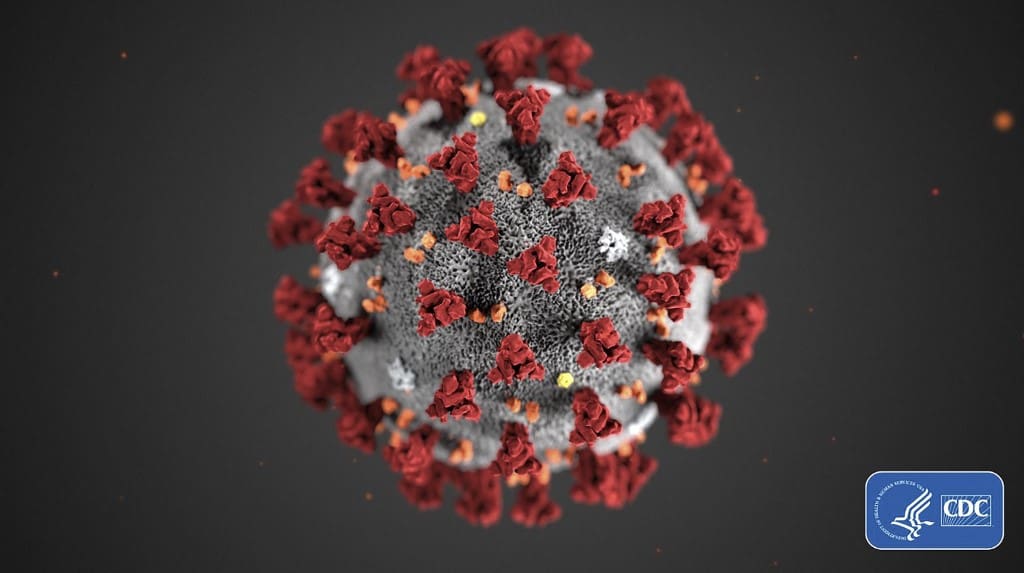Latin America, the region of the world with the most COVID-19 cases, will be unable to reactivate its economy if it fails to curb infections, the Economic Commission for Latin America and the Caribbean (ECLAC) and the Pan American Health Organization (PAHO) warned Thursday.
A joint report by these United Nations agencies emphasized that reducing infections requires leadership and coordination, combined with the integration of health, economic and social policies.
When presenting the report, both the Executive Secretary of ECLAC, Alicia Bárcena, and the Director of PAHO, Carissa Etienne, stressed that without health, there can be no working economy.
“Countries must avoid thinking that they must choose between reopening economies and protecting the health and well-being of their people. This is a false choice,” Etienne said.
“We have seen time and time again that full economic activity cannot resume unless we have the virus under control. To attempt otherwise puts lives at risk and extends the uncertainty brought by the pandemic.”
Bárcena, meanwhile, added that “there is no reactivation possible without a clear plan that prevents a spike” through comprehensive testing, tracing and isolating.
In addition, she said, countries need to take measures to mitigate the effects on income and productive capacity.
Among these, she suggested a basic emergency income for six months to populations in poverty, as well as a monthly anti-hunger grant.
She also proposed grace periods on loans to small- and medium-sized businesses, expansionary fiscal and monetary policies that sustain a longer period of spending, and access to financing on favorable terms for middle-income countries.
Targeting 6% of GDP in health
The report, entitled “Health and the Economy: A Convergence Needed to Address COVID-19 and Retake the Path of Sustainable Development in Latin America and the Caribbean,” presents a big-picture impact of the pandemic in the region.
“The main conclusion of this report is that if the pandemic transmission curve is not brought under control, the countries’ economies will be unable to recover,” the report reads.
According to ECLAC and PAHO, the global crisis presents a larger regional blow because countries already have high levels of labor informality (54% of employment), poverty and inequality, and because health and social-protection systems were already fragile. Furthermore, many regional nations suffer from urban overcrowding, sometimes lack basic services such as water, and face environmental problems.
For these reasons, the report says that in order to promote reactivation and reconstruction, an increase in fiscal spending is necessary. Public spending on health must reach at least 6% of Gross Domestic Product (GDP), the organizations argued; it currently stands at an average of 3.7%.
Of the more than 17 million infections reported globally since the appearance of the virus in China in December, Latin America and the Caribbean is the area of the planet that accumulates the highest number: 4.6 million. More than 192,000 deaths in the region are attributed to COVID-19, according to an AFP count based on official figures.
According to PAHO data, last week, the 52 countries and territories in the region had an average of more than 140,000 new daily cases.
ECLAC and PAHO noted that the Caribbean has managed to control the pandemic more quickly, while in the rest of the region “the levels of contagion continue unabated.”
Brazil, which on Wednesday exceeded 90,000 deaths, is the second-most-punished country after the United States.
Bárcena stressed that Costa Rica and Uruguay have been well-served due to their preexisting widespread social protection services.
For 2020, ECLAC projects a contraction of 9.1% of regional GDP and an unemployment rate of 13.5%. This represents 44 million unemployed — 18 million more than in 2019.
In addition, it foresees an increase in the poverty rate of 7 percentage points to reach 37.3% of the population (231 million in total, with 45 million new poor).
And it anticipates that inequality will sharpen, with an average rise in the Gini index of 4.9 percentage points from 2019 to 2020.

